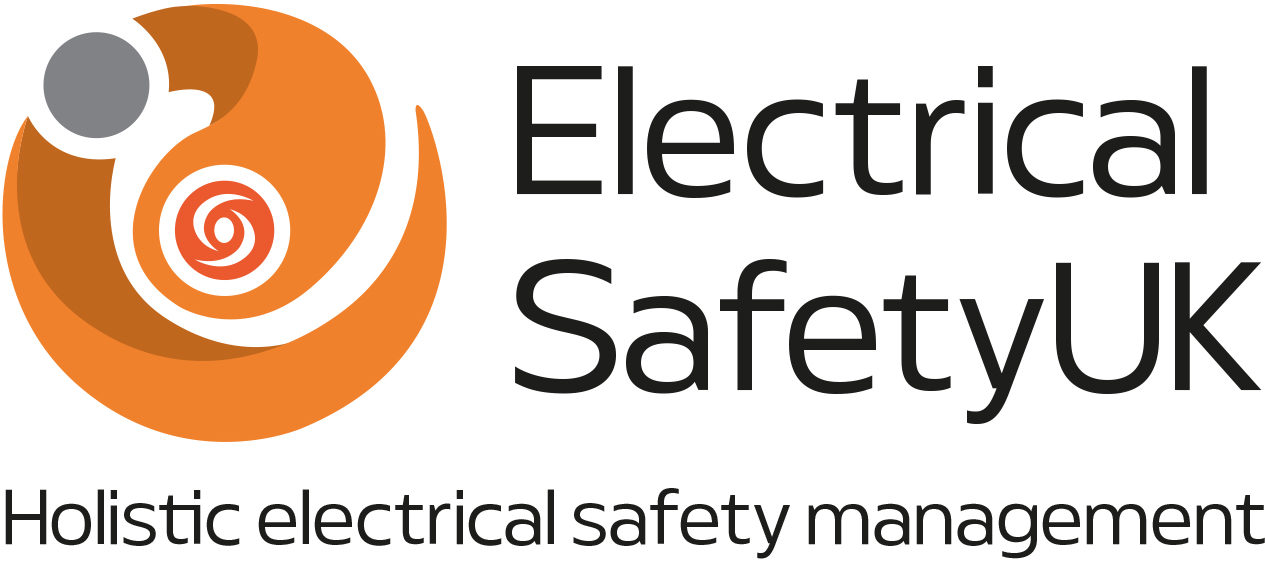
Accidental electrocution in solar panel industry
Since accidental electrocution is an expected occupational hazard for solar panel workers, with the rapid growth of the solar panel industry in Sri Lanka.

Firefighters issue urgent safety warning after three homes gutted in one week due to e-bike fires
Firefighters are renewing their efforts to warn Londoners about the dangers of e-bikes, e-scooters and lithium batteries following three severe fires in three separate parts of London in one week.

Electric bus fire kills one, reignites concern over EV fire response
A crash in Auckland’s Parnell left one person dead after an electric bus erupted into flames on Tāmaki Drive.

Arc Flash Hazard Assessment
With years of experience, ESUK has pioneered the European holistic approach to arc flash hazard assessment and management. Paul Hopton explains…
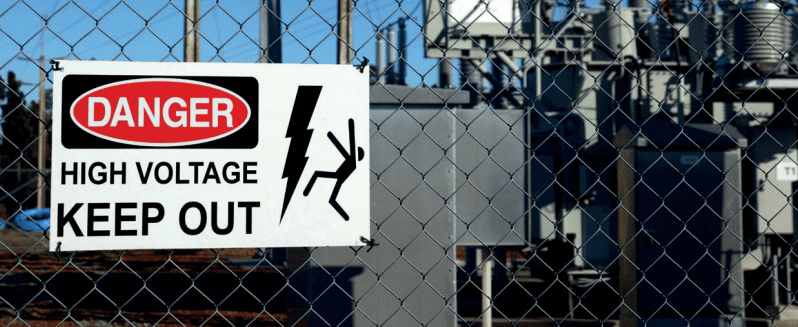
Arc Flash Risk Management
As an Electrical Safety Consultant, I meet many clients whilst helping them with their electrical problems.

Is competence important?
With the advent of the 18th Edition stimulating a media frenzy, perhaps now is as good a time as any to review the true meaning of competence, and what part training has to play.

AC and DC – electrical hazards
The electric shock hazard from both ac and dc power systems has been well documented and understood for decades thanks to the research of people like Charles Dalziel. Jim Phillips, PE, explains.
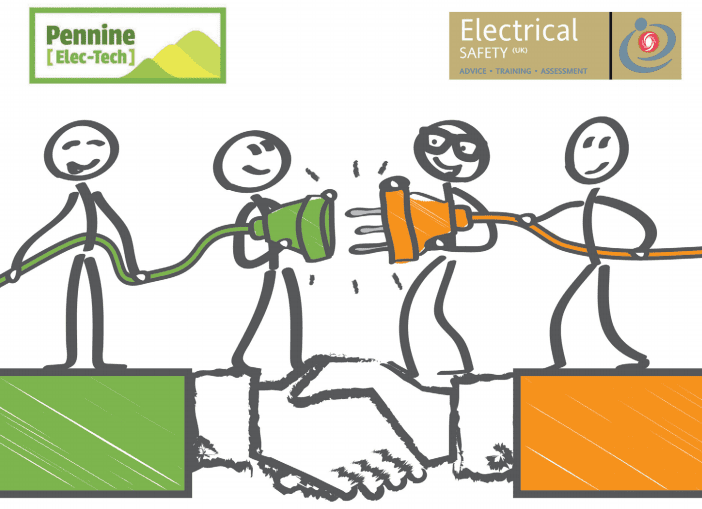
ESUK & Pennine Elec Tech Merge
We are pleased to announce that, effective May 1, 2016, Electrical Safety (UK) Limited will merge with Pennine Elec-Tech Limited under the name Electrical Safety UK.

Competence – not just a training certificate
The Health and Safety at Work Etc. Act 1974 requires employers to provide “… such information, instruction, training and supervision as is necessary to ensure, so far as is reasonably practicable, the health and safety at work of his or her employees …” Andrew Linley, director of compliance at Electrical Safety UK, explains…
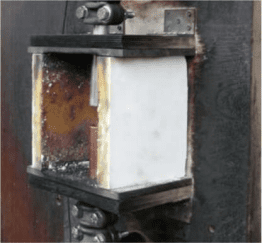
A European View of Arc Flash Hazards And Electrical Safety
IEEE 1584TM and NFPA 70E® might have been “Made in the U.S.A.” but both of these standards have been gaining increased use in arc flash and electrical safety practices found in many other countries around the world.

Fear of Flashover
MANY YEARS AGO, Mike Frain was called to give evidence in the prosecution of an electrical worker involved in an electrical flashover injury to his apprentice.
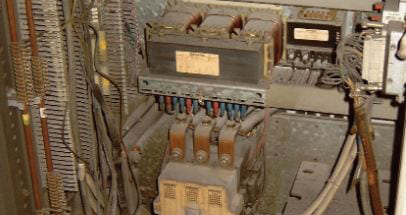
Electrical Flashover Live Proximity Work in Industry
When someone is killed or injured by electricity what first comes to mind is electrocution but electric shock is not the only hazard.
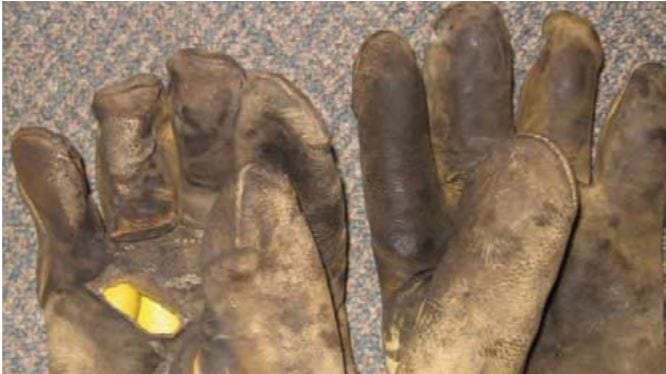
Arc Flash – not just an Electrocution Hazard – Part 1, 2 and 3
An arc flash, is usually caused by inadvertent contact between an energised conductor such as a bus bar or wire with another conductor or an earthed surface.
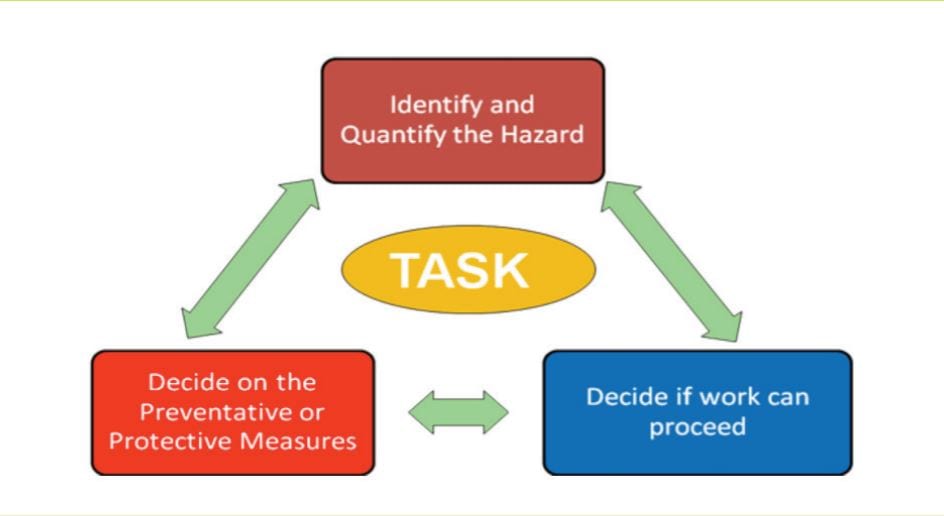
Methodical Process for Risk Identification
Mike Frain of Electrical Safety UK, examines live working on low voltage systems in industrial and commercial facilities; detailing a methodical process for identifying the risks associated with live working and the methods for controlling them.
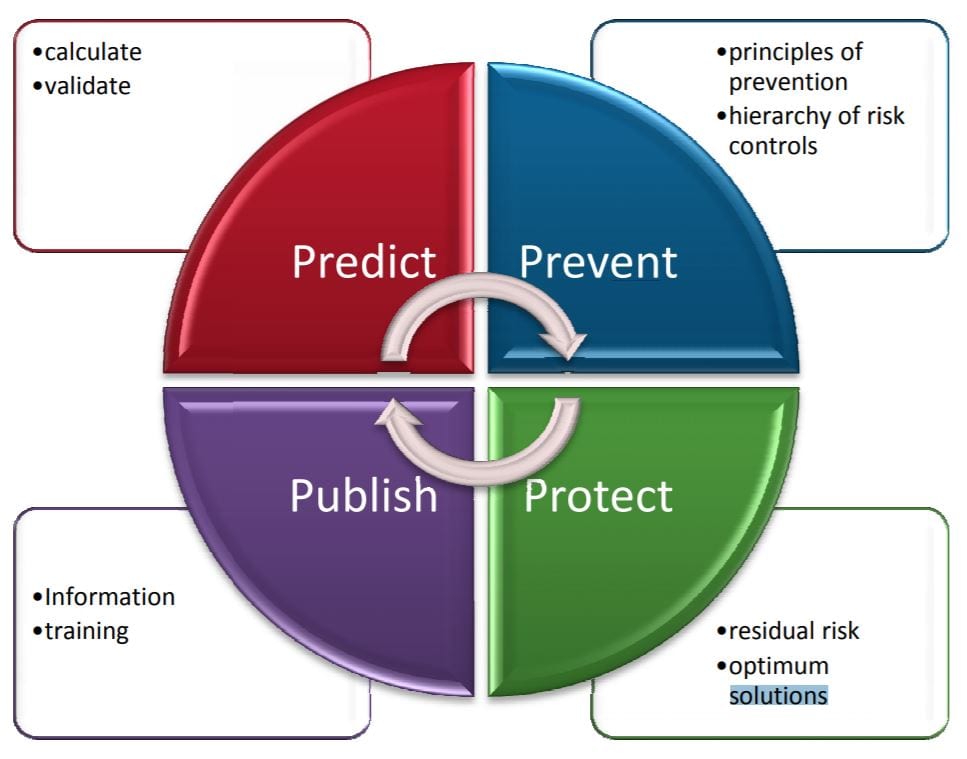
The 4P’s Approach to Arc Flash Risk Assessment
Mike Frain of Electrical Safety UK Ltd discusses the electrical arc flash hazard and how the Dupont(tm) arc-guide has been developed to help employers comply with European law through risk assessment.
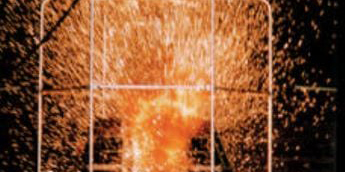
Electric Arc – Spark of Interest
While legislation requires businesses to perform risk assessments for most work activities, electric-arc risk is often overlooked because many people are unsure how to assess and manage it effectively, say Mike Frain and Elaina Harvey.
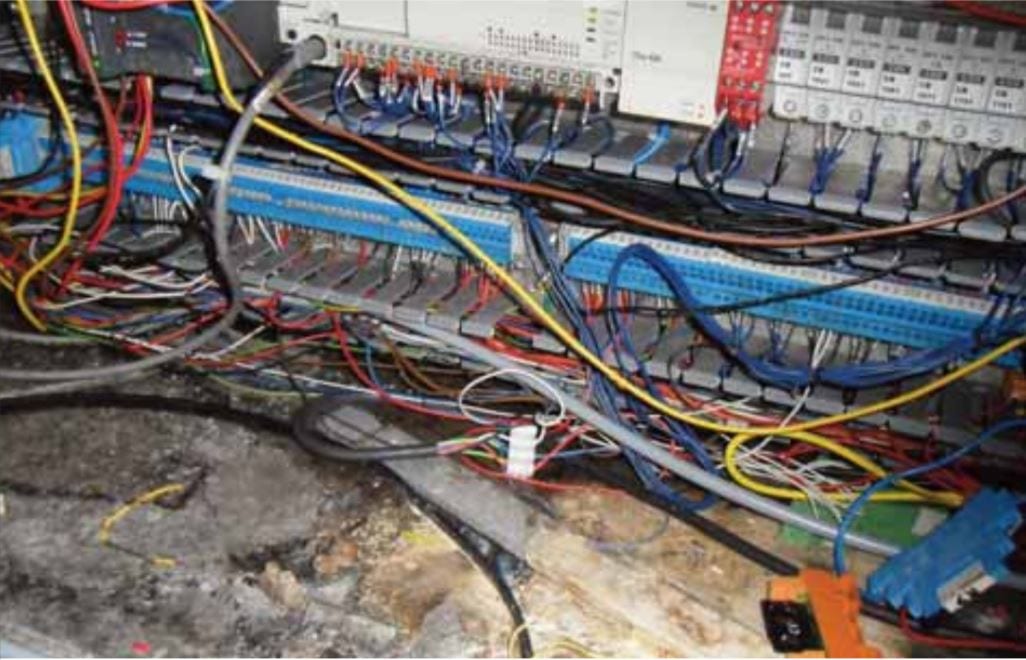
Electrical Safety in the Food and Drink Industry
Northern Foods has been on a journey to capture and reduce risks across its operating sites over the last six years. This article outlines the practical, progressive steps taken to improve electrical workers safety across the business.

In the Heat of The Moment! The Complex Hazard of Electric Arc Flash Explained
Electric arc flash and the considerable hazard it presents to personnel working on, or near to, live electrical equipment, are explained, as are the recommended measures that need to be taken to eliminate or minimize this risk and hence to ensure safety and compliance with the law.

Iron castings manufacturer scalded for employees’ electrical flashover burns
The injured employees were trying to reinstate the power supply to one of the furnaces at BAS Castings’ foundry on the Wharf Road Industrial Estate in Pinxton, near Mansfield, on 2 September 2016 when the incident happened. After contractors had completed furnace repairs.

IEEE 1584 – Changes to the Next Edition
It has been sixteen long years since IEEE 1584 – IEEE Guide for Performing Arc-Flash Hazard Calculations was first published in 2002.
